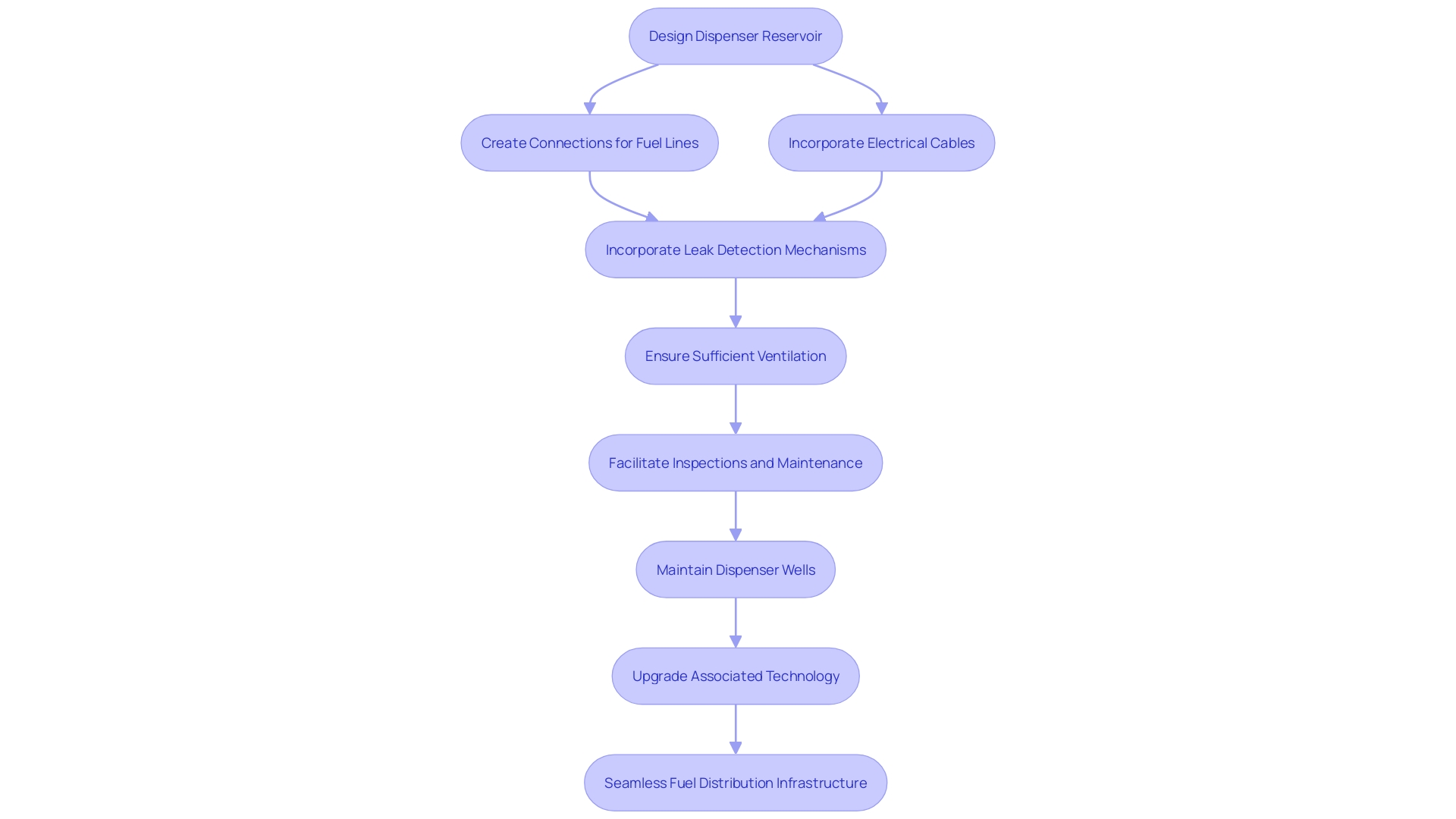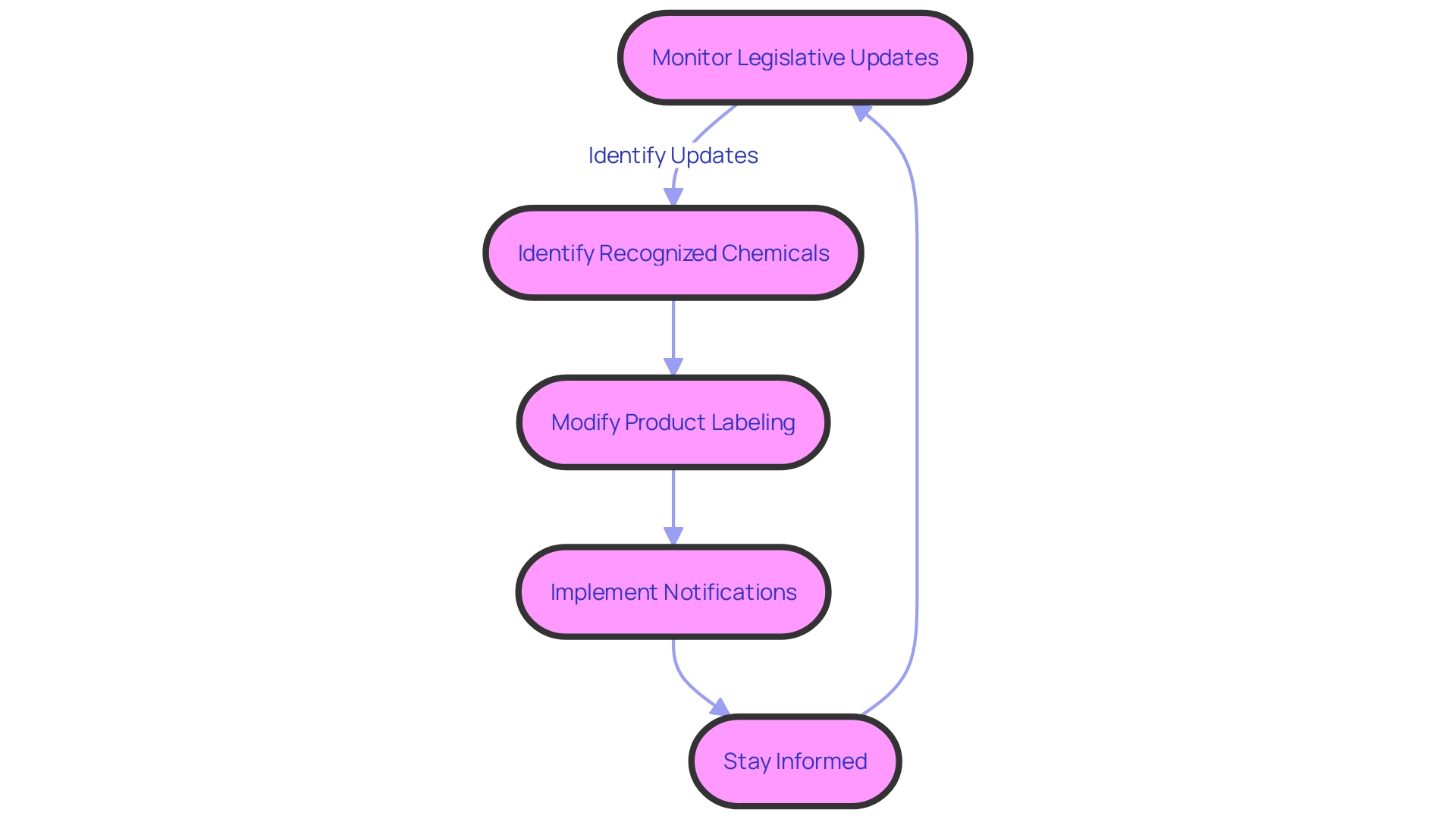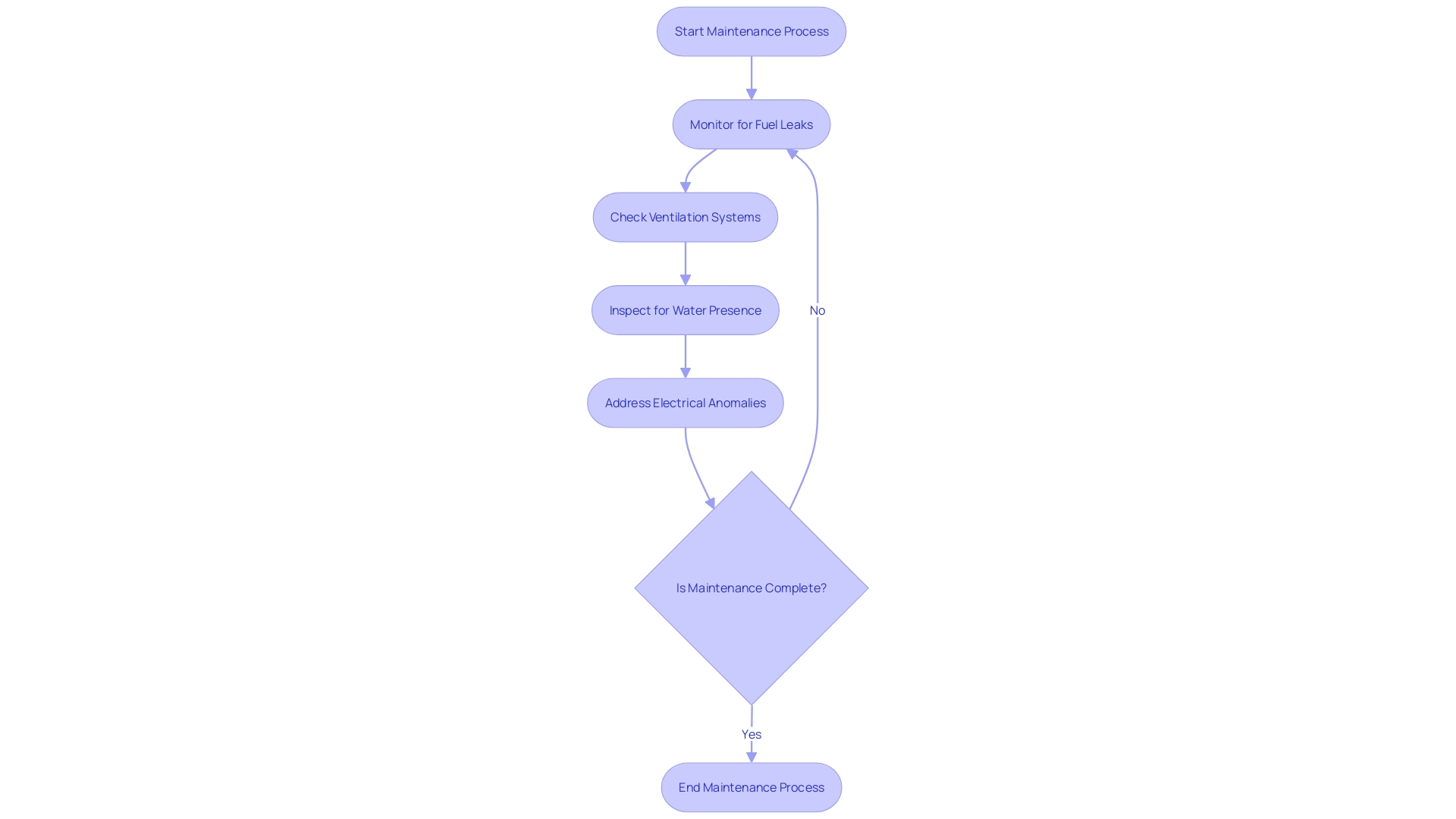Introduction
Fuel dispenser sumps are a critical component of fueling stations, providing both environmental safety and operational efficiency. They come in various configurations, tailored to specific needs and regulatory standards. Single-walled sumps offer basic protection, while double-walled sumps provide an extra layer of environmental safeguarding.
Composite sumps combine the advantages of both, and retrofit sumps offer a cost-effective solution for upgrading existing systems. The recent incident in Iqaluit, where fuel contamination affected the local water treatment plant, highlights the importance of reliable containment systems. As the industry moves towards a more sustainable future, the role of advanced fuel dispensing and containment technologies becomes increasingly significant in supporting clean energy distribution.
In this article, we will explore the components, features, installation, maintenance, troubleshooting, best practices, and regulatory compliance of fuel dispenser sumps, providing technical insights and analysis for those with a deep understanding of the renewable fuels industry.
Types of Fuel Dispenser Sumps
Fuel dispensing systems are an essential element for any fueling station, and the proper choice of containment units is crucial for ensuring both environmental safety and operational efficiency. Fuel dispenser containers are available in various configurations, tailored to specific operational requirements and regulatory standards.
-
Single-walled containment systems are the fundamental solution, created to enclose dispenser components and safeguard against leaks. Constructed from robust materials like fiberglass or polyethylene, they provide a basic level of protection and are a standard choice for many fueling stations.
-
Dual-walled reservoirs enhance the degree of safeguarding by incorporating a secondary confinement. This design is particularly important in areas where environmental regulations are stringent, as it helps prevent fuel leaks from contaminating the surrounding area.
-
The composite containment system combines the benefits of single and double-walled sumps, providing both primary and secondary containment in a unique, innovative design. These reservoirs are a great option for fueling stations that need strong protection along with space efficiency.
-
Upgraded reservoirs are specially designed for current refueling stations seeking to update or improve their liquid containment systems. They provide an affordable and less intrusive option for improving older water collection systems without the requirement for extensive building work or downtime.
The significance of selecting the appropriate dispenser sump for energy cannot be underestimated, as demonstrated by the recent occurrence in Iqaluit, where contamination of the local water treatment plant was identified. This event emphasizes the crucial nature of dependable containment systems to prevent hazards and ensure public safety. Furthermore, as the energy industry evolves toward a more sustainable future, with initiatives like the hydrogen supply chain demonstration in Namie town, the role of advanced energy dispensing and containment technologies will become increasingly significant in supporting clean energy distribution and usage.
Components and Features of Fuel Dispenser Sumps
Dispenser reservoirs are vital elements in the infrastructure of fuel distribution, playing an essential role in both the preservation of the surroundings and operational effectiveness. At the core of their design is the sump basin, which must be adequately spacious to house dispenser parts and ensure easy access for maintenance. Precision-engineered entry fittings are vital for creating seamless connections for fuel lines and electrical cables, and they must be securely sealed to avert any leaks that could pose environmental hazards or disrupt service.
Sufficient ventilation methods are not discretionary but a requirement, as they equalize internal pressures and reduce the danger of vapor buildup, which could result in hazardous explosions. The incorporation of advanced leak detection mechanisms serves as an early warning mechanism, vital for prompt intervention to protect the environment and avoid costly remediation efforts.
Accessibility for inspections, maintenance, and repairs is facilitated through well-designed manholes and covers. These features not only enable regular checks but also guarantee security against unauthorized access, strengthening the overall safety framework of dispensing operations. As we progress towards a future where technology like cashless payment methods is transforming consumer experiences, the significance of maintaining and upgrading dispenser wells and associated technology becomes increasingly evident, reflecting the industry's dedication to building a more environmentally-friendly, intelligent, and secure world.

Importance of Secondary Containment
Secondary containment structures within dispenser sumps play a vital part in protecting the environment, complying with regulations, and mitigating risks. Not only do they serve as a vital shield, preventing dangerous energy leaks from contaminating soil and water sources, but they also align with strict regulatory requirements, thereby safeguarding fueling stations from legal repercussions. More importantly, these systems are a decisive factor in reducing the likelihood of perilous incidents, such as fires or explosions, which could endanger both personnel and the community at large.
The necessity of secondary containment is underscored by real-world events, such as the state of emergency declared in Iqaluit, Nunavut, in October 2021. Visible contamination in the city's water treatment plant led to immediate water advisories, highlighting the destructive impact that spills can have on remote communities and the environment. This incident emphasizes the critical nature of robust secondary containment measures, especially in areas where logistical challenges can exacerbate the consequences of a spill.
Moreover, the advancements in nuclear industry practices, particularly in the management of used substances and waste, reflect the high levels of professionalism and training that are equally essential in the realm of substance handling and containment. The Nuclear Energy Agency's workshop on the extended storage and transportation of spent fuel highlights the ongoing efforts to enhance safety and security in the industry, drawing parallels to the continuous improvement necessary in secondary containment for fuel dispensers.
Given the growing complexities of global logistics and the focus on safeguarding the environment, the significance of secondary containment cannot be overstated. It is a testament to the industry's commitment to maintaining the highest standards of safety, security, and environmental stewardship, as we navigate through the challenges of energy security and sustainability.
Installation and Maintenance of Fuel Dispenser Sumps
To protect the efficiency and prolong the lifespan of fuel dispenser compartments, careful installation and diligent maintenance are crucial. Here's what to consider:
-
Site Preparation: Begin with a thorough site preparation, which might involve excavation, ground leveling, and establishing effective drainage systems.
-
Manufacturer Guidelines: Adherence to the manufacturer's installation instructions is crucial for the proper functionality of the drainage system.
-
Regular Inspections: Implement a schedule for routine inspections to spot potential damage or wear. This involves examining components, seals, and fittings for leaks or degradation.
-
Cleaning and Debris Removal: Maintain the cleanliness of the sump by regularly clearing any obstructions like debris, sediment, or water, thus preventing disruptions in its operation.
-
Repairs and Replacements: Promptly tackle any issues that surface. This includes swapping out impaired parts, sealing leaks, and confirming the integrity of all seals and fittings.
In line with Parker's century-long expertise in motion and control technologies, these steps are akin to the meticulous engineering solutions required for enhancing environmental sustainability. Just like the accurately designed resolutions for different markets, meticulousness in the installation and upkeep of energy setups is a vital element of operational achievement.
Moreover, the experience of professionals like Mike Melton underscores the significance of a thorough planning phase to avoid setbacks during equipment deployment. Just as the planning phase is critical for securing a successful future in technology innovation, it is equally important for ensuring the optimal operation of dispensing mechanisms for combustible substances.
Furthermore, the growing concern for environmental impact, as observed in Parker’s partnerships for more sustainable initiatives, parallels the requirement for preserving energy source quality. As mentioned in industry observations, contaminated gasoline can result in significant engine damage, thus emphasizing the significance of maintaining a clean and operational fuel dispensing system.
Regulatory Compliance for Fuel Dispenser Sumps
Complying with regulatory standards is not only a legal requirement for dispenser containers but also a fundamental aspect for secure, eco-friendly, and accountable operations. Compliance must be multi-faceted, addressing local and safety concerns.
Local regulations are the frontline of compliance, often with specific provisions concerning the design, installation, upkeep, and monitoring of dispenser sumps. It's crucial to thoroughly familiarize with these regulations, which are tailored to the distinct ecological and infrastructural characteristics of each locality.
Equally important are the environmental regulations that govern secondary containment measures, leak detection protocols, and the mechanisms for reporting any substance spills or leaks. These regulations are designed to minimize the impact of dispensing operations on the surrounding ecosystem, ensuring that any potential risks are swiftly identified and mitigated.
Safety standards and codes are the third pillar of compliance, focusing on the well-being of personnel, customers, and the community at large. These can include, but are not limited to, the implementation of venting systems, proper grounding practices, and the assurance of electrical safety, all aimed at preventing accidents and ensuring a secure dispensing environment.
Effective communication is also vital in ensuring compliance with these standards. Whether it's through clear, consumer-friendly language in documentation or ensuring that all stakeholders are adequately informed, the goal is to facilitate a clear understanding of the standards and their importance.
Ultimately, compliance is not a static goal but a continuous process, necessitating regular reviews, risk assessments, and updates to practices as regulations evolve. It is a commitment to excellence in operation, safeguarding quality, and maintaining the trust of consumers and the community.

Troubleshooting Common Issues with Fuel Dispenser Sumps
When it comes to maintaining dispenser sumps, being aware of potential issues is crucial for their optimal functionality. Common complications include hazardous fuel leaks which necessitate an immediate cessation of fuel supply and require professional intervention to locate and address the compromised component. Vapor accumulation might indicate a ventilation issue; hence, a comprehensive examination of the venting setup should be carried out to ensure it is unobstructed and operating properly. Water presence within the sump is another concern as it can lead to component corrosion; thus, it is essential to routinely monitor for water and rectify any underlying issues like inadequate drainage that may contribute to its accumulation. Lastly, when faced with electrical anomalies such as faltering pumps or controls, securing the expertise of a qualified electrician is imperative for diagnosis and resolution.
Moreover, grasping the wider consequences of inefficiencies in the overall structure, as emphasized by real-life scenarios, can prevent operational disruptions and financial losses. For instance, an auditor's assessment revealing excessive compressed air flow during non-production activities at a mining facility underscored the significance of evaluations to identify and correct inefficiencies. Similarly, a plant engineer's encounter with compressed air challenges that led to frequent pressure drops and equipment failure emphasizes the need for continual learning and implementation of systematic approaches to manage and improve performance.
Essentially, taking proactive steps and being open to exploring educational resources can greatly improve the management of dispensing equipment, guaranteeing safety, effectiveness, and dependability in the supply chain. Since the quality of the fuel is pivotal for the overall performance of the vehicle, regular checks for contamination and adherence to maintenance protocols are equally important to safeguard against potential damages that could arise from neglected components.

Best Practices for Fuel Dispenser Sump Management
Ensuring operational safety and efficiency is crucial for maintaining the integrity of fuel dispenser containment systems. To manage these systems optimally, consider the following practices:
- Inspections: Regular checks are imperative to spot any potential issues such as damage or leaks early on. Promptly addressing these signs can avert more severe problems and maintain compliance with safety regulations.
- Training: Educate staff on proper protocols for utilization, maintenance, and examination of reservoirs. Well-informed employees are better prepared to prevent leaks and maintain the condition of the reservoir.
- Records: Document all inspections, maintenance, and repairs as well as compliance efforts. This documentation is vital for showcasing compliance with regulations and for monitoring the condition of the storage area over time.
- Continuous Improvement: Always look for ways to enhance your management practices. Stay updated on the most recent industry standards and technological advancements that could enhance the safety and effectiveness of your dispensing mechanisms for distributing fuel.
Given the recent developments like the fuel contamination crisis in Iqaluit, it is crucial to emphasize the significance of thorough management of the fuel storage system. The incident, which prompted a state of emergency, underscores the potential consequences of inadequate upkeep of the infrastructure. As we contemplate the urban area's difficulties - its distant position and the rapid exhaustion of bottled water resources - we are reminded of the crucial importance of proactive water storage maintenance.
Furthermore, organizations like the Center for Transportation and the Environment (CTE) emphasize the value of sustainable transportation technologies. Incorporating their observations into your management approach for the collection basin can help improve the cleanliness and effectiveness of the dispensing setup.
When designing your fluid management approach, it is also beneficial to take into account the wider energy landscape. Innovations and advancements championed by industry leaders, as reported by channels like Shell's Inside Energy, offer valuable lessons for improving performance and advancing towards net-zero emissions.
By adopting a meticulous and forward-thinking stance on fuel dispenser sump management, you not only safeguard your operations but also contribute to the sustainability and resilience of the wider energy system.

Conclusion
Fuel dispenser sumps are critical for environmental safety and operational efficiency at fueling stations. The article discussed different types of sumps, including single-walled, double-walled, composite, and retrofit sumps, tailored to specific needs and regulatory standards. The recent incident in Iqaluit highlighted the importance of reliable containment systems to prevent fuel contamination.
Components and features of fuel dispenser sumps, such as spacious basins, precision-engineered fittings, venting systems, and leak detection, were emphasized. Accessibility for inspections and maintenance was crucial for ensuring safety. Secondary containment systems were identified as vital for environmental protection and regulatory compliance.
Proper installation and maintenance were essential for sump efficiency and longevity. Adhering to regulatory standards was crucial for safe and responsible operations, addressing local, environmental, and safety concerns. Troubleshooting common issues, such as fuel leaks and electrical anomalies, required prompt intervention and professional expertise.
Best practices for sump management included regular inspections, staff training, documentation, and continuous improvement. Proactive care and staying informed about industry innovations were important. Fuel dispenser sumps play a vital role in supporting clean energy distribution.
In conclusion, fuel dispenser sumps are critical components for fueling stations. By choosing the right sump, ensuring proper installation and maintenance, adhering to regulations, troubleshooting issues, and implementing best practices, fueling stations can enhance environmental safety, operational efficiency, and contribute to a sustainable energy future.




